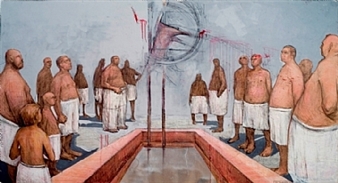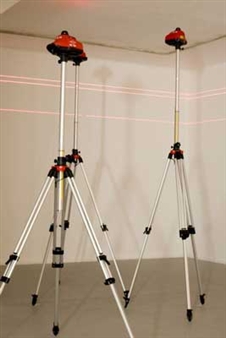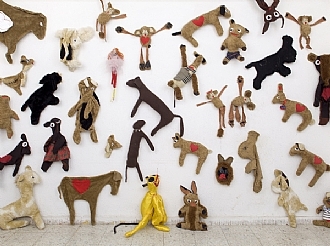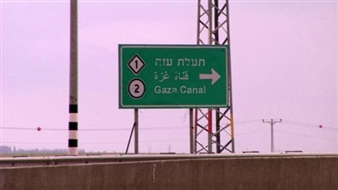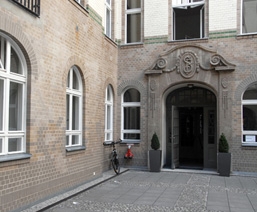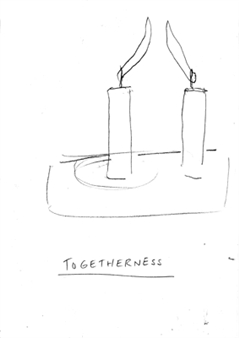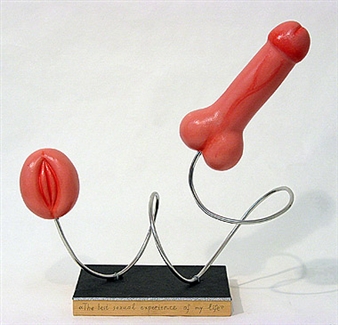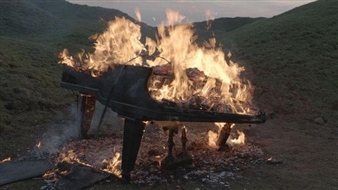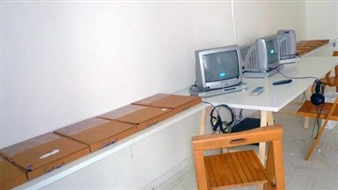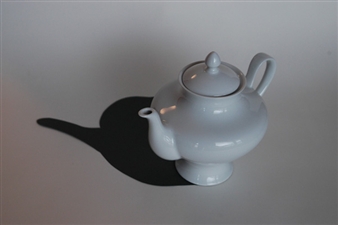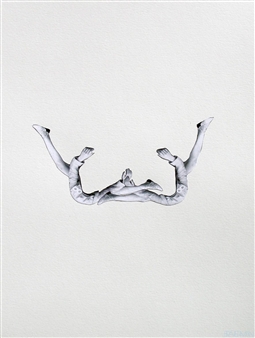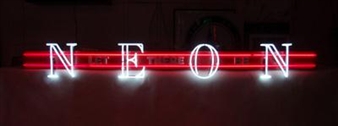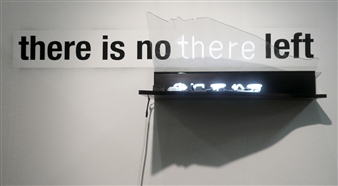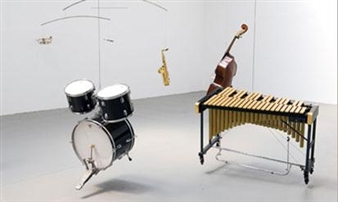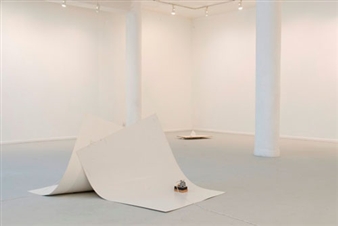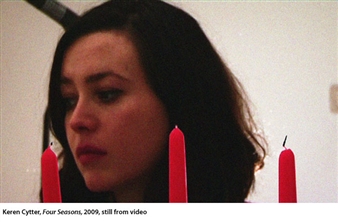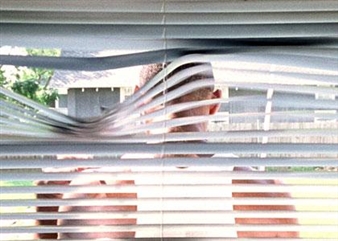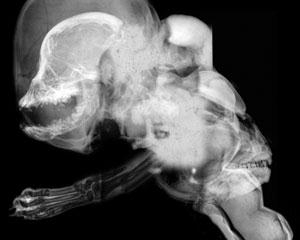Overview: Israeli Video 2000-2010

Haifa Museum of Art, Haifa District, Haifa, 08/21/2010 - 01/01/2011
26 Shabtai Levi Street
The exhibition "Overview," which features a selection of video works created over the past decade by 25 Israeli artists, evolved out of a series of screenings of contemporary video art, which was held at the Tate Modern in London in February 2010.
Video art in Israel has a relatively short history. Following a brief yet intense period in the late 1970s and early 1980s, which saw the creation of moving image works (most of which were filmed using a Super 8 camera), the medium virtually disappeared, tentatively resurfacing only in the early 1990s. It was not until the middle of that decade that a cohesive video art scene took shape.
The major political events of this period - from the First Palestinian Intifada to the Oslo Accords and the assassination of Prime Minister Yitzhak Rabin in 1995 - introduced Israeli artists to new visual images and concepts, which continue to play an important role in local art. This novel visual language, however, did not arise directly out of the events themselves, but rather evolved out of their representation in the televised media. In fact, no less important than the actual events was the impact of the manner in which they were mediated to the general public. The advent of cable television, which was installed in the majority of Israeli homes by the late 1980s, enabled foreign news channels broadcasting during the First Gulf War in 1991 to break the visual monopoly enjoyed by Israel's single government-run television for the previous three decades. As a result, international and Arab news channels presented viewers with a more complex "reality" than the one previously presented to the Israeli public. This development was furthered by the inauguration of Israel's first commercial television channel in 1993. A new "reality" composed of news reports and commercials, and shaped by various strategies of manipulation, begged to be deconstructed - compelling young artists to take a stance.
At the beginning of the last decade, following the collapse of the political processes initiated during the 1990s and the eruption of the Second Intifada, current events once again became a source of both visual and political interest for local artists. Indeed, a number of the works in "Overview" contend directly with Israeli reality and its reflection in the media. The sense of impotence in the face of political reality, and the shock caused by the undermining of core values in Israeli society, which may be identified at the root of a larger identity crisis, led many artists to respond by turning inwards. As this exhibition reveals, this strategy was given expression in a growing preoccupation with personal concerns rather than with national and political ones. As a result, the past few years have been characterized by an evident shift from the challenging of political and national myths to a more personal approach, which is concerned with the constraints imposed by contemporary life and with the search for an artistic, historical, social, economical, geographic, or political identity.
"Overview" thus presents a range of works that reflect a variety of new visual, political, social and personal concerns, and which convey the kind of unprecedented energy concentrated in the creation of a new medium.
Curator: Sergio Edelsztein
